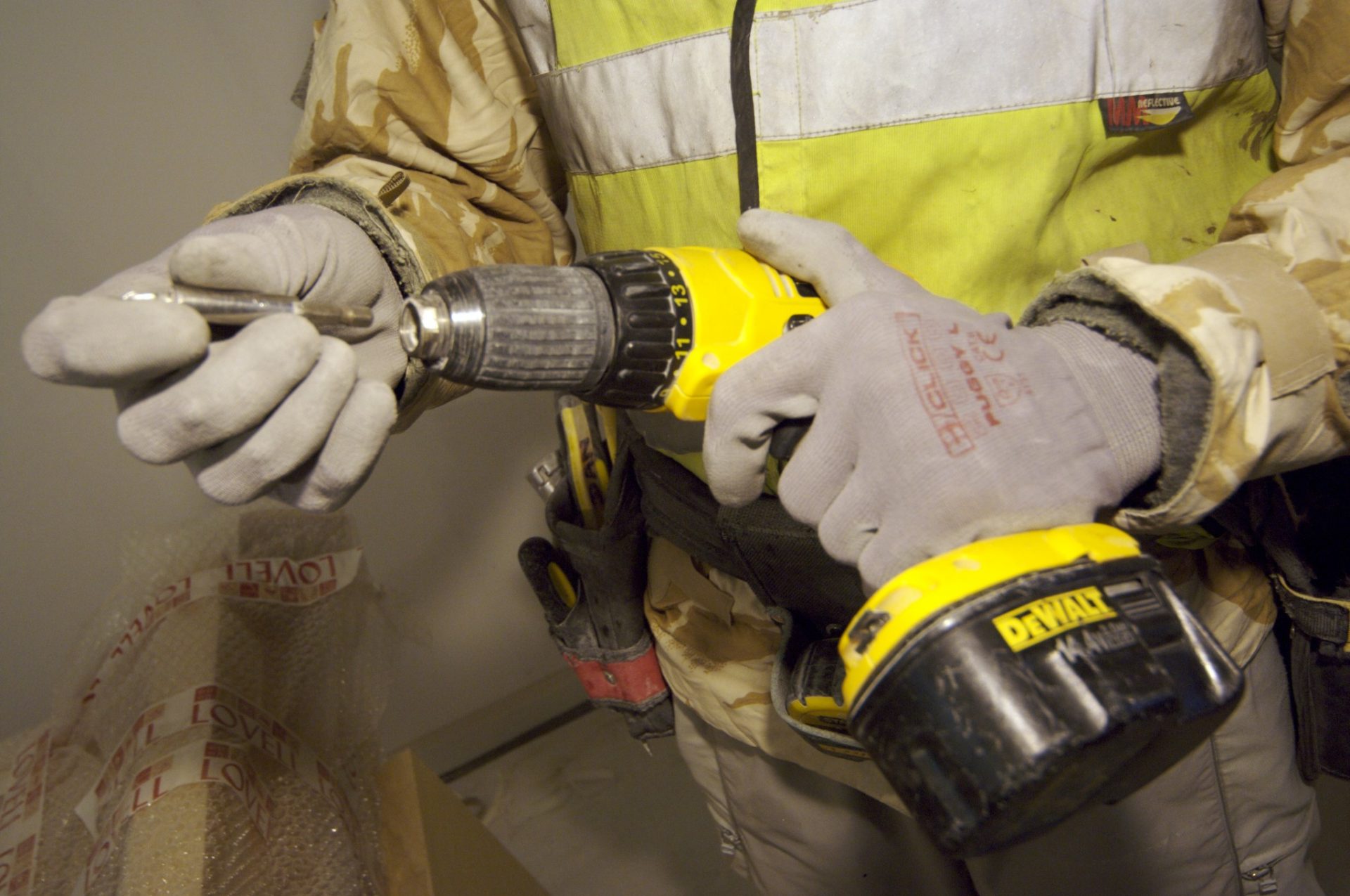On-site machinery poses all kinds of risks aside from the obvious. Most risk assessments will account for crush-type injuries, but do yours consider long-term risks associated with equipment use?
What is Hand and Arm Vibration Syndrome? Just as extended exposure to dust can cause all manner of respiratory illnesses, so can heavy industrial machinery, which has its own long-term risks. By far the most common of these is Hand and Arm Vibration Syndrome (HAVS).
HAVS – also known as dead finger, vibration white finger and VWF – is caused by extended use of vibrating machinery, such as pneumatic drills. Over time, the vibration causes damage to blood vessels, nerves, muscles and joints, typically in the hand, fingers and wrist.
Initially, the effects of HAVS are relatively mild: at the end of the day, workers may notice a slight tingling in their fingertips, and possibly some whiteness. Left unchecked, however, the symptoms become more severe with the whole finger becoming white and the sense of touch becoming dulled.
As the condition progresses, the symptoms become more like Reynaud’s syndrome (which HAVS is closely related to). Sufferers will find that damage to the blood vessels in their hands causes their fingers to change colour, particularly when cold. Because blood flow is restricted, the fingers turn white, but when blood flow is restored, the fingers turn an intense red, accompanied by uncomfortable throbbing.
At its worst, HAVS affects the nerves and muscles of the hands and arms. Affected workers will experience a temporary loss of manual dexterity, accompanied by excruciating pain. These attacks may last several hours, during which time they will be unable to work – or even carry out many basic tasks at home.
There is also a risk, in extreme cases, that damaged blood vessels and reduced blood flow could lead to the loss of fingers.
Why is prevention of HAVS so important?
HAVS is a progressive disease. When left unchecked, the symptoms can become debilitating for the affected person to the point that they can’t work at all. And as an employer, you have a legal duty to reduce the risk of your employees developing conditions such as HAVS at work.
To date, the UK government has paid over £100 million to former coalminers who have developed HAVS as a direct result of their work activities. One case saw seven miners awarded £127,000 each in compensation – and private employers face similar fines where their negligence causes workers to develop this condition.
Although HAVS is completely preventable, it is incurable. You have a duty to stop your workers from developing the condition, because it cannot be ‘fixed’.
What practical safeguards can you put in place?
HAVS injuries are caused by vibrations at frequencies within the range of 50 to 300Hz. The International Standards Organisation has drawn up the ISO 5349-1:2001 standard (Mechanical vibration. Measurement and evaluation of human exposure to hand-transmitted vibration. General requirements) to help calculate the risk posed by machinery to workers.
Safe limits have already been defined
The HSE has gone a step further, giving construction tools an Exposure Action Value (EAV). The EAV clearly indicates how long a machine may be used before vibration exposure reaches harmful levels, and action needs to be taken. The HSE even provides a useful ready reckoner for calculating daily vibration exposure limits where only the vibration frequency is known. This can be viewed online at www.hse.gov.uk/vibration/hav/readyreckoner.htm
As you draw up a site risk assessment plan, these figures will help you allocate work and ensure employees are not exposed beyond the acceptable limits. You can also plan how best to share workloads, and provide workers with regular breaks to further reduce risks. If your project has a particularly strict deadline, you will need to allow for enough workers to cope with the safe working time limits.
Protect against HAVS with specific PPE
In some cases, you could consider the use of anti-vibration gloves or similar to provide additional protection. It is important to note that these kinds of personal protective equipment (PPE) are designed to protect against vibrations at specific frequencies, so you must choose the appropriate gloves for the tools being used. Using gloves calibrated to the wrong frequencies will be ineffective and offer little or no additional protection.
The reality is that PPE provides some protection, but strict adherence to time limits is far more effective. HAVS is a life-changing industrial disease – but it is completely preventable.
Get in touch for advice on minimising the risk of your workers developing HAVS.
FIND OUT MORE:
DAVID CANT
Veritas Consulting
www.veritas-consulting.co.uk


